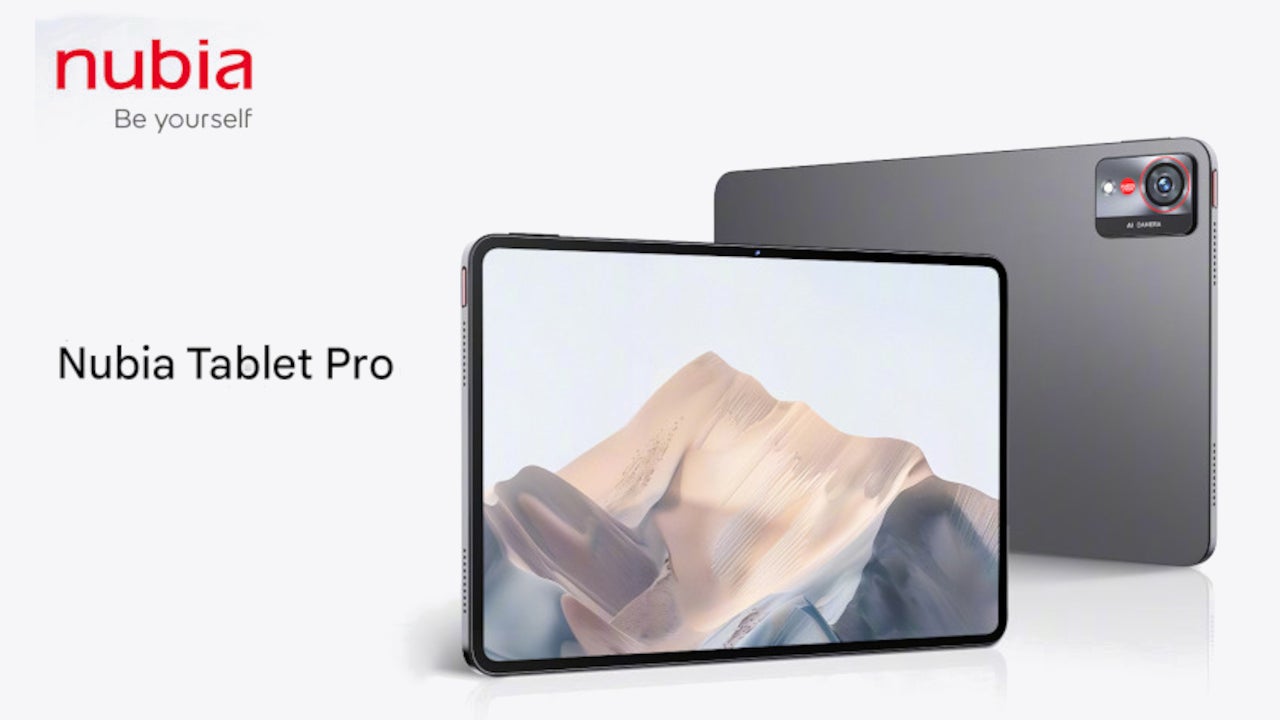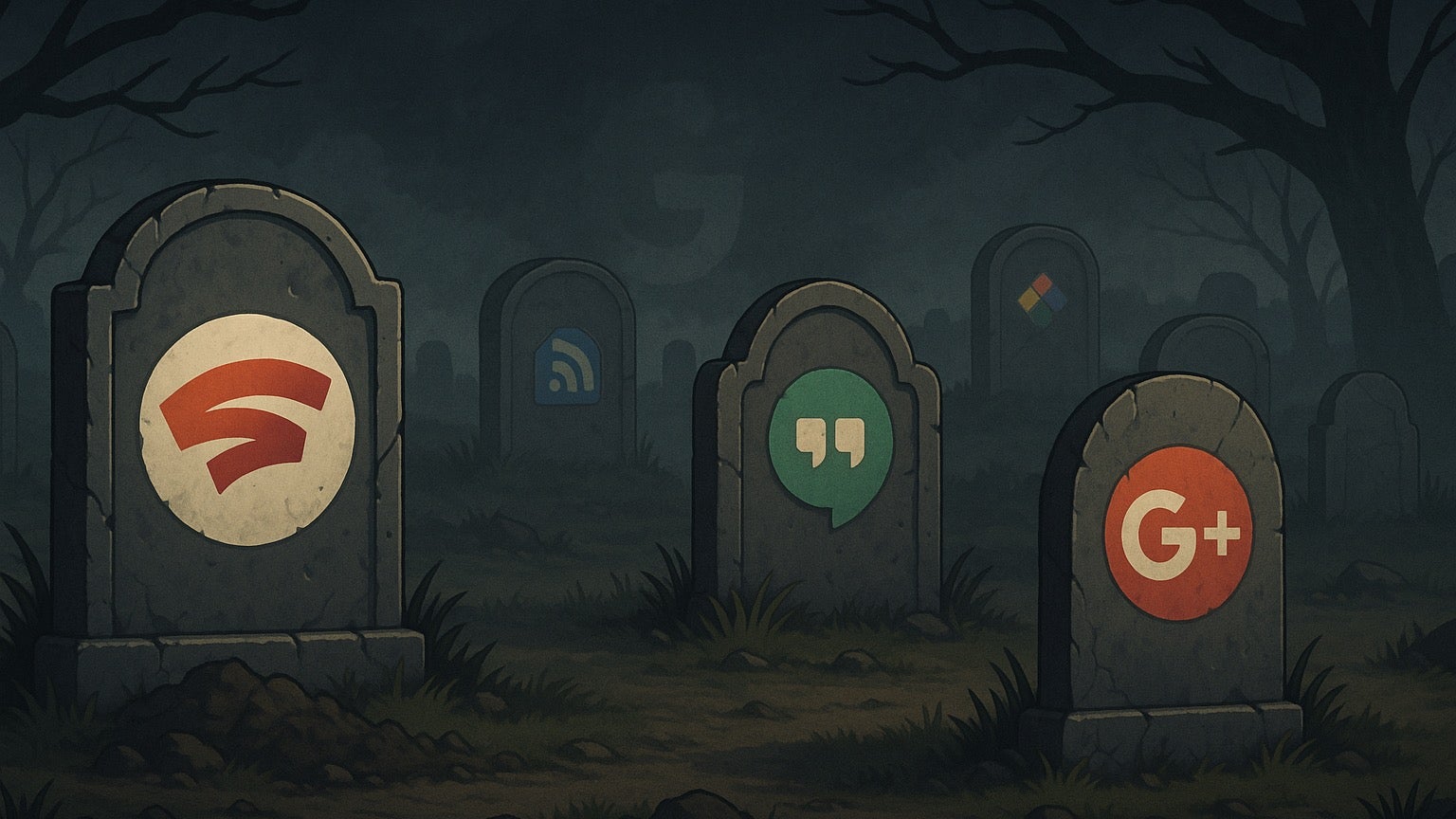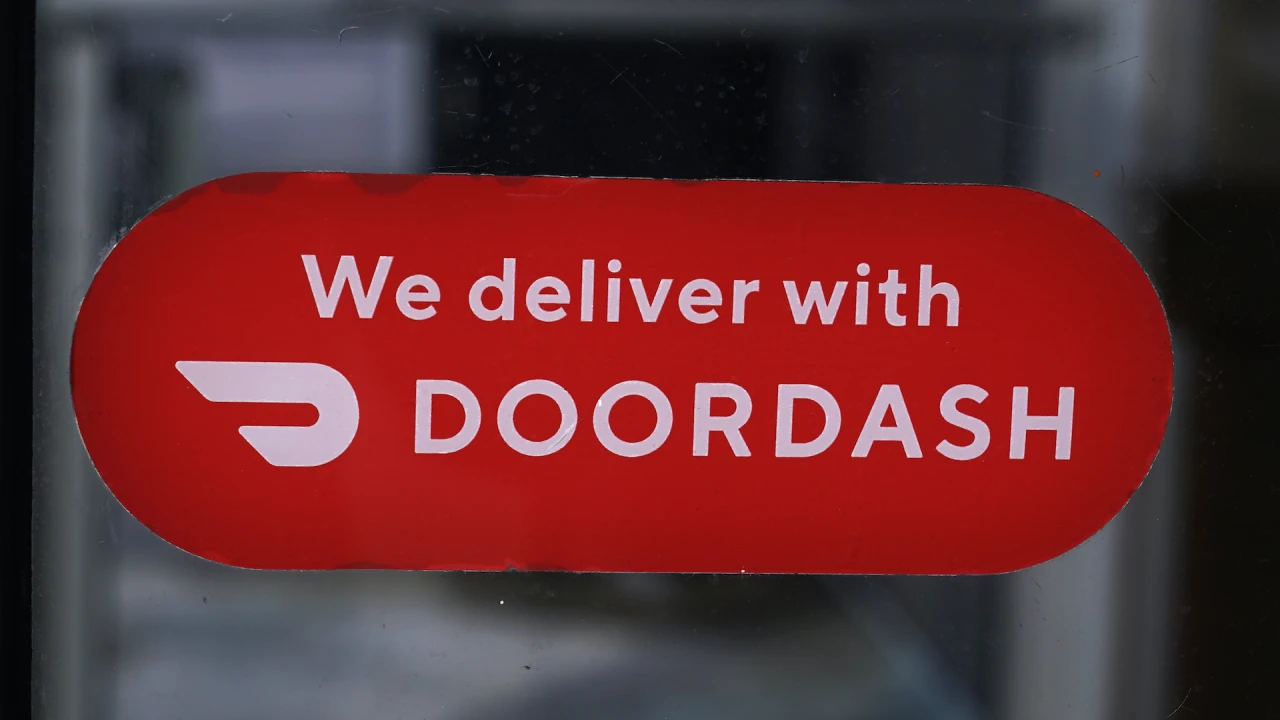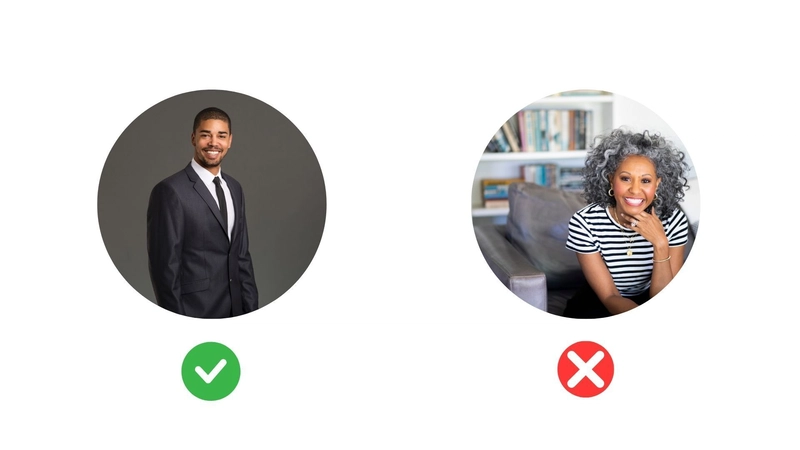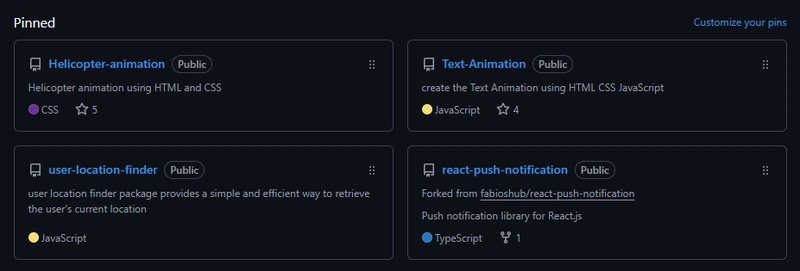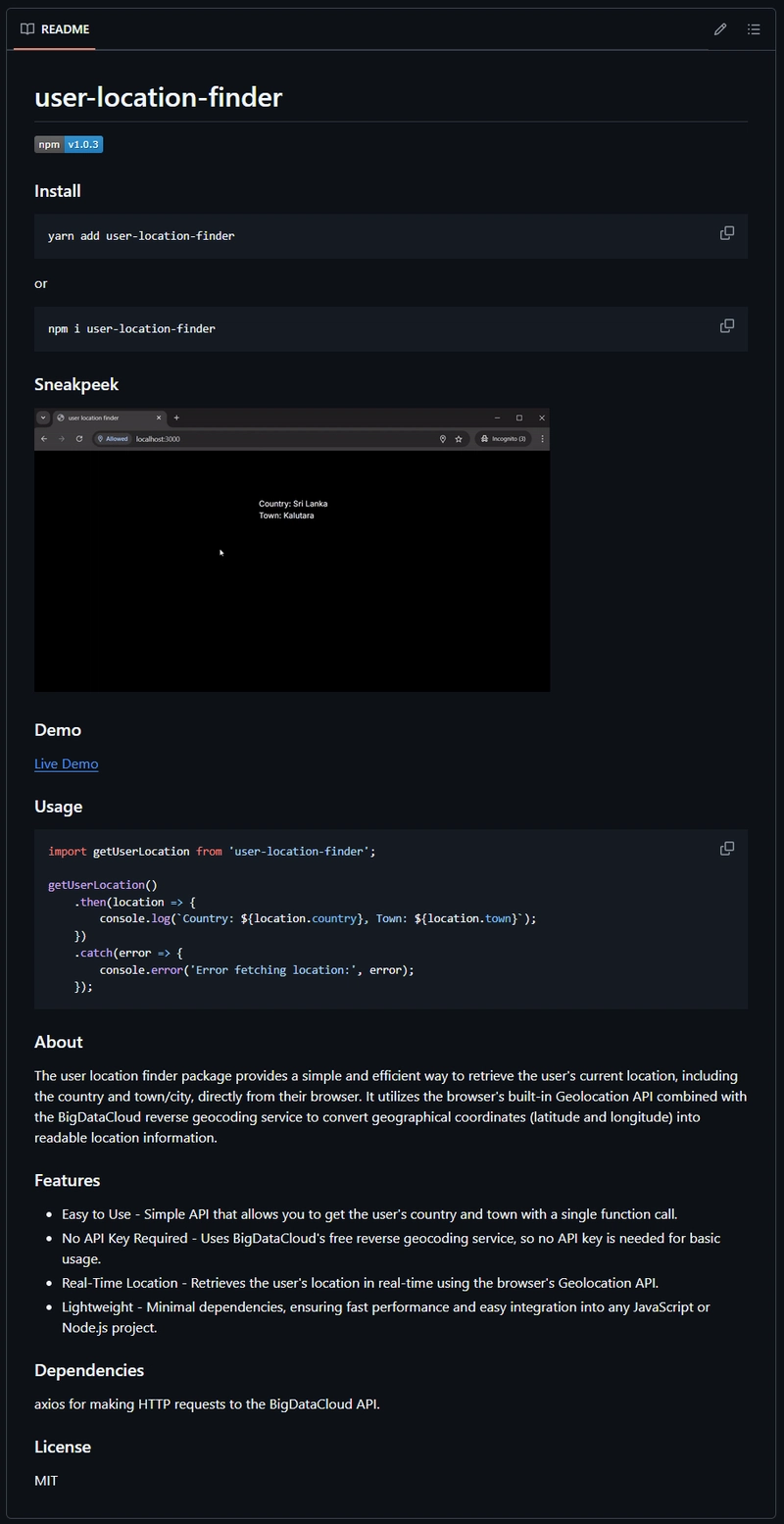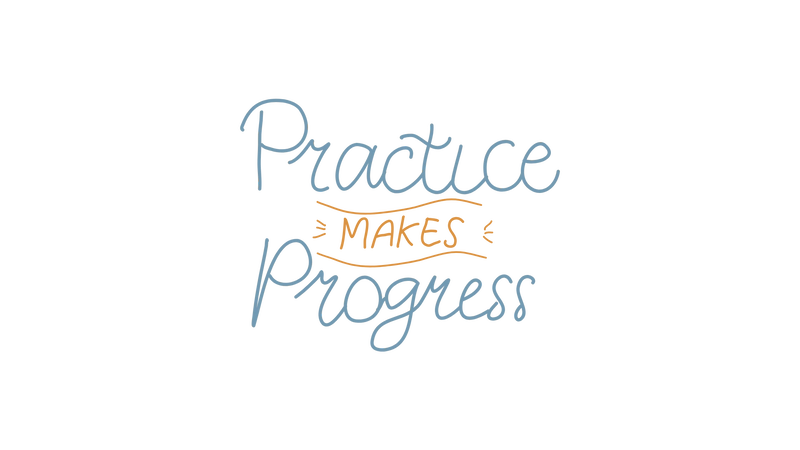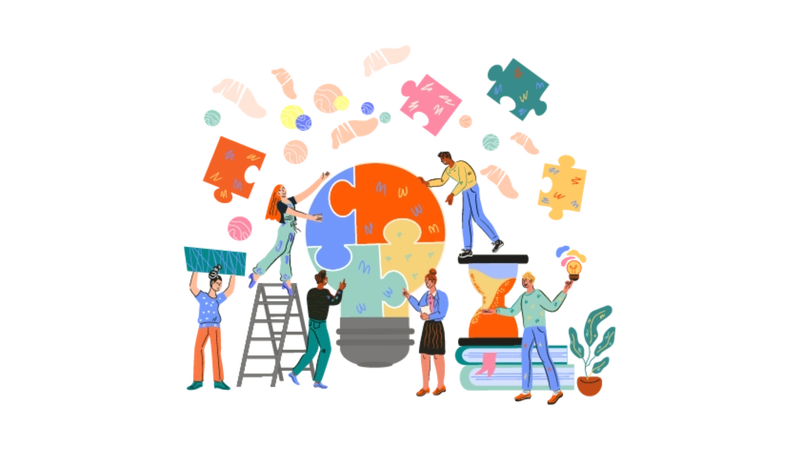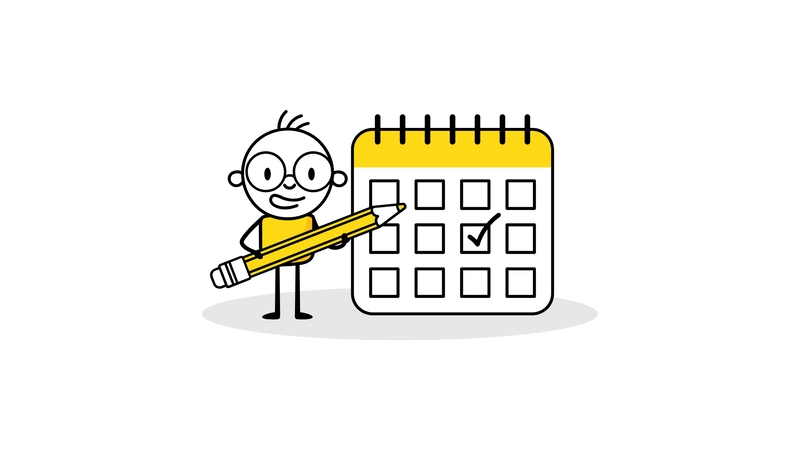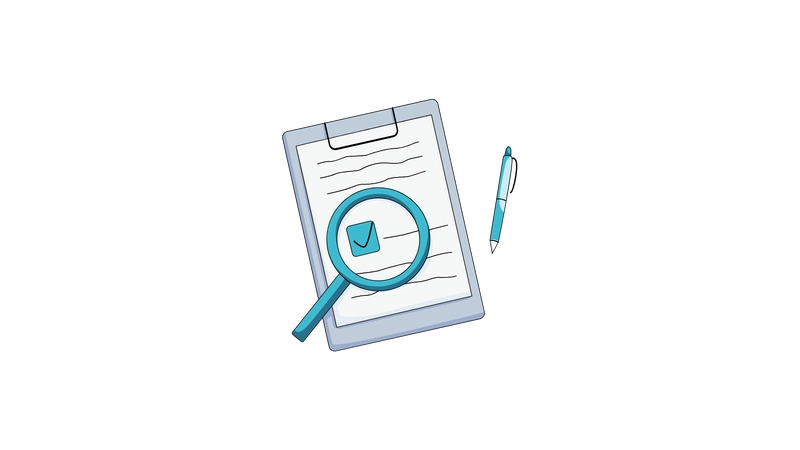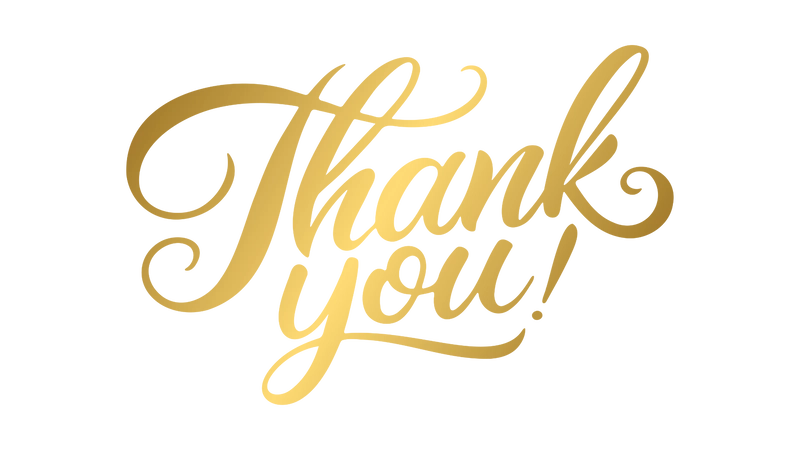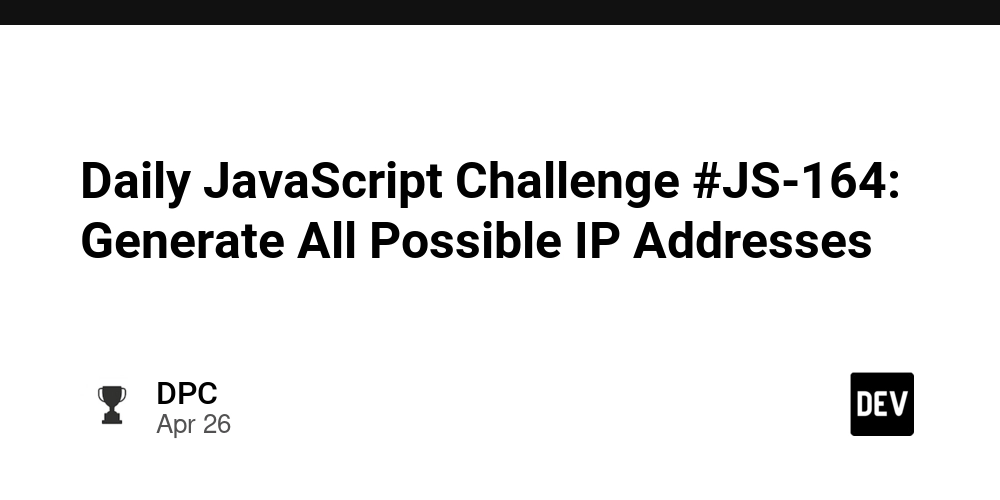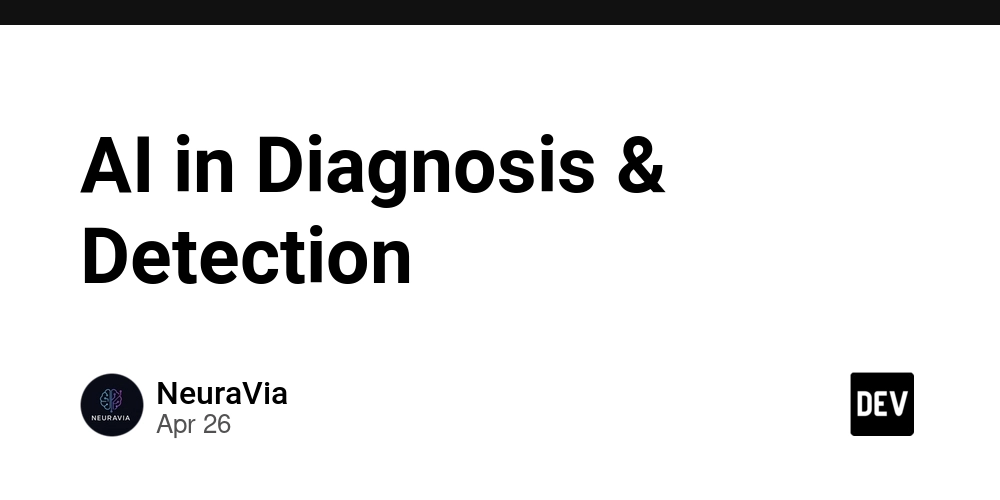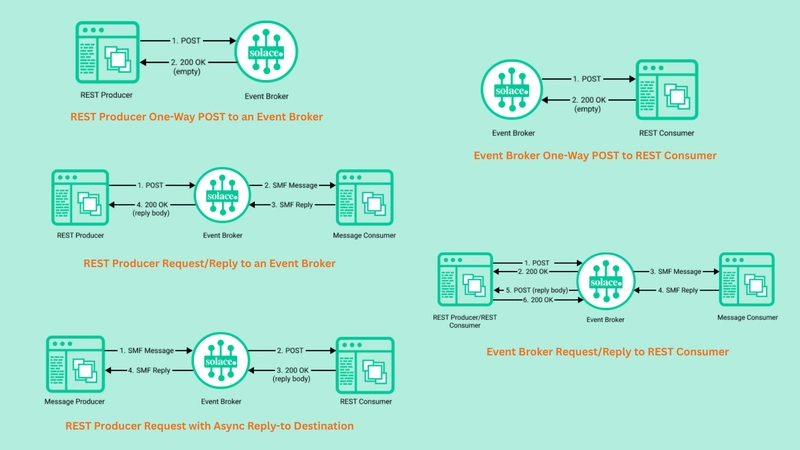Turning Your GitHub Profile into a Job Winning Asset
Including a link to your GitHub profile on your resume is a great way to showcase your skills and projects to potential employers. It gives hiring managers a chance to see your code, contributions, and what you’re passionate about. In this article, you’ll discover practical tips to help you get your GitHub profile ready for your job search. By following these steps, you can feel confident that your profile reflects your technical abilities and leaves a strong impression on anyone reviewing it. 1. Choose a Professional Username Your GitHub username is one of the first things people see when they visit your profile, so it’s important to make it clear and professional. Whenever possible, use your real name or a simple variation of it for example, JohnDoe or JohnDoeDev. This makes it easier for employers to recognize you and connect your profile to your job application. Avoid using usernames that are overly quirky, hard to read, or unprofessional, like CodeNinja420 or BugHunterXtreme. Remember, your GitHub is part of your professional presence online. 2. Add a Clear Profile Picture Your profile picture is one of the first things people notice when they visit your GitHub profile. Using a high-quality, professional looking headshot (or a clean, recognizable avatar if you prefer) helps humanize your profile and makes it easier for employers to connect with you. Avoid using blurry images, logos, or overly casual pictures. Aim for something that aligns with your personal brand and presents you in a positive, approachable way. 3. Create a Professional Bio Your bio is a short introduction that appears under your profile picture and it’s a great opportunity to give potential employers a quick snapshot of who you are. Use this space to mention your role, interests, and what kind of work you’re seeking. To update your bio, head to your profile settings. Keep it brief and friendly. For example: “Hi! I’m Mona, a front end developer passionate about building clean, user-friendly web apps. Currently looking for new opportunities.” This small detail can help personalize your profile and make a positive first impression. 4. Create a Profile README While your bio is short and to the point, your GitHub profile README gives you more room to express yourself. It’s a great place to highlight your skills, interests, and personality in a way that’s engaging and professional. Use your README to tell your story and give potential employers a deeper look at who you are. Here are a few things you might want to include, Introduction - A brief overview of who you are and your professional background. Skills - List the programming languages, frameworks, and tools you’re familiar with. Professional Experience - Highlight your work history and any skills you’ve built along the way both technical and non technical (like communication, leadership, or teamwork). Projects - Share a few of your favorite projects. While you’ll pin them to your profile later, your README lets you add a personal touch or context about each one. 5. Showcase Your Best Projects Your pinned repositories are one of the most visible parts of your GitHub profile. Pick 3–5 projects to highlight by "pinning" them so they appear at the top of your profile. This helps direct hiring managers’ attention to the work you’re most proud of. When choosing which projects to pin, aim for a mix that showcases your range of skills and aligns with the type of roles you’re applying for. If possible, include Projects you built from scratch - These demonstrate your ability to take an idea from start to finish and manage a full project independently. Open-source contributions - These show your ability to collaborate, follow coding standards, and work within a team. To pin repositories, go to your profile and click Customize your pins in the "Popular repositories" section. Thoughtfully selecting these projects can make a big difference when it comes to catching a recruiter’s or hiring manager’s attention. 6. Write a Helpful README A well-written README is one of the most important parts of any project repository. It gives visitors including potential employers a clear, quick understanding of what your project is, how it works, and why it matters. Your README should include, Project Title - The name of your project. Brief Description - A short explanation of what your project does and its purpose. Technologies Used - List the tools, frameworks, and languages involved. Installation Instructions - How someone can set up and run your project locally. Usage Examples - Optional, but helpful to show how the project works in action. Contributions - (If applicable) Instructions for how others can contribute to your project. A clean, informative README not only makes your project easier to understand but also demonstrates your ability to write clear, organized documentation a valuable skill in any tech role. 7. Demonstrate Code Quality and Best Practices Employe
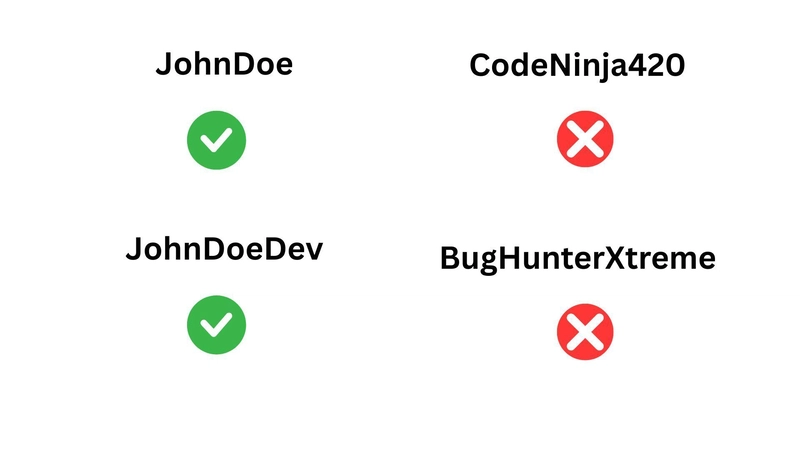
Including a link to your GitHub profile on your resume is a great way to showcase your skills and projects to potential employers. It gives hiring managers a chance to see your code, contributions, and what you’re passionate about.
In this article, you’ll discover practical tips to help you get your GitHub profile ready for your job search. By following these steps, you can feel confident that your profile reflects your technical abilities and leaves a strong impression on anyone reviewing it.
1. Choose a Professional Username
Your GitHub username is one of the first things people see when they visit your profile, so it’s important to make it clear and professional. Whenever possible, use your real name or a simple variation of it for example, JohnDoe or JohnDoeDev. This makes it easier for employers to recognize you and connect your profile to your job application.
Avoid using usernames that are overly quirky, hard to read, or unprofessional, like CodeNinja420 or BugHunterXtreme. Remember, your GitHub is part of your professional presence online.
2. Add a Clear Profile Picture
Your profile picture is one of the first things people notice when they visit your GitHub profile. Using a high-quality, professional looking headshot (or a clean, recognizable avatar if you prefer) helps humanize your profile and makes it easier for employers to connect with you.
Avoid using blurry images, logos, or overly casual pictures. Aim for something that aligns with your personal brand and presents you in a positive, approachable way.
3. Create a Professional Bio
Your bio is a short introduction that appears under your profile picture and it’s a great opportunity to give potential employers a quick snapshot of who you are. Use this space to mention your role, interests, and what kind of work you’re seeking.
To update your bio, head to your profile settings. Keep it brief and friendly. For example: “Hi! I’m Mona, a front end developer passionate about building clean, user-friendly web apps. Currently looking for new opportunities.”
This small detail can help personalize your profile and make a positive first impression.
4. Create a Profile README
While your bio is short and to the point, your GitHub profile README gives you more room to express yourself. It’s a great place to highlight your skills, interests, and personality in a way that’s engaging and professional.
Use your README to tell your story and give potential employers a deeper look at who you are. Here are a few things you might want to include,
Introduction - A brief overview of who you are and your professional background.
Skills - List the programming languages, frameworks, and tools you’re familiar with.
Professional Experience - Highlight your work history and any skills you’ve built along the way both technical and non technical (like communication, leadership, or teamwork).
Projects - Share a few of your favorite projects. While you’ll pin them to your profile later, your README lets you add a personal touch or context about each one.
5. Showcase Your Best Projects
Your pinned repositories are one of the most visible parts of your GitHub profile. Pick 3–5 projects to highlight by "pinning" them so they appear at the top of your profile. This helps direct hiring managers’ attention to the work you’re most proud of.
When choosing which projects to pin, aim for a mix that showcases your range of skills and aligns with the type of roles you’re applying for. If possible, include
Projects you built from scratch - These demonstrate your ability to take an idea from start to finish and manage a full project independently.
Open-source contributions - These show your ability to collaborate, follow coding standards, and work within a team.
To pin repositories, go to your profile and click Customize your pins in the "Popular repositories" section. Thoughtfully selecting these projects can make a big difference when it comes to catching a recruiter’s or hiring manager’s attention.
6. Write a Helpful README
A well-written README is one of the most important parts of any project repository. It gives visitors including potential employers a clear, quick understanding of what your project is, how it works, and why it matters.
Your README should include,
Project Title - The name of your project.
Brief Description - A short explanation of what your project does and its purpose.
Technologies Used - List the tools, frameworks, and languages involved.
Installation Instructions - How someone can set up and run your project locally.
Usage Examples - Optional, but helpful to show how the project works in action.
Contributions - (If applicable) Instructions for how others can contribute to your project.
A clean, informative README not only makes your project easier to understand but also demonstrates your ability to write clear, organized documentation a valuable skill in any tech role.
7. Demonstrate Code Quality and Best Practices
Employers don’t just evaluate what your code does. they care about how you write it. Clean, maintainable code shows that you’re not only technically proficient but also mindful of the long term success and readability of a project.
Here are a few ways you can demonstrate high-quality coding practices on GitHub,
Write Clean, Well Commented Code - Follow established style guides (such as PEP 8 for Python) and make sure your code is easy to read. Adding comments to explain complex logic can help others understand your thought process and improve maintainability.
Use Meaningful Commit Messages - Instead of vague or generic messages like “update,” use descriptive messages that explain the changes you’ve made, such as “Add user authentication with JWT” or “Fix bug in payment processing.” This makes your project’s history easier to follow.
Include Tests - If applicable, add unit tests or integration tests to your repositories. Testing is a clear indicator that you’re committed to delivering reliable, bug-free software.
Leverage .gitignore - Make sure your repositories don’t contain sensitive or unnecessary files, like API keys, environment variables (.env), or compiled files (pycache, node_modules). Using .gitignore helps keep your project clean and secure.
Use Branching and Pull Requests - Even for solo projects, using branches for new features and pull requests for code reviews shows that you understand Git workflows and how to manage collaborative development effectively.
By following these practices, you’ll show potential employers that you care about quality and professionalism in every aspect of your work.
8. Highlight Open Source Contributions
Contributing to open source projects not only demonstrates your technical abilities but also signals your collaboration skills and passion for the developer community. Open-source involvement shows that you're committed to learning, sharing, and improving your skills alongside others.
Here’s how you can make the most of your open source contributions,
Find Relevant Projects - Search for open-source projects related to your interests or expertise (e.g., web development, machine learning) on GitHub’s “Explore” page or platforms like Good First Issue, which helps you find beginner-friendly contributions.
Make Meaningful Contributions - Start with small tasks such as bug fixes, documentation improvements, or UI tweaks. As you gain confidence, you can contribute larger features or improvements. Each contribution, no matter how small, enhances your credibility and builds your open-source reputation.
Showcase Your Contributions - List your open-source contributions in your profile README or on your resume. Include links to your pull requests or the issues you've resolved to give potential employers a direct look at your work.
Engage with the Community - Don't just submit code actively engage with the community by commenting on issues, participating in discussions, and writing blog posts about your contributions. This shows you're not just a coder but an active member of the development world.
By contributing to open source projects, you demonstrate your ability to collaborate with others, adapt to different coding environments, and contribute to projects that have a broader impact.
9. Maintain Consistent Activity
An inactive GitHub profile can signal to employers that you're not actively coding or staying up to date with new technologies. To show your commitment to growth, it’s important to keep your profile active and showcase ongoing work.
Here’s how you can maintain consistent activity,
Commit Regularly - Even small updates or bug fixes to personal projects or contributions to open-source repositories help keep your activity graph active. Regular commits demonstrate that you're continually learning and improving.
Work on Side Projects - Build smaller projects on the side that allow you to experiment with new technologies or tools. For example, create a simple API, a portfolio site, or a data visualization tool. These projects give you opportunities to apply what you're learning in real-world scenarios and showcase your creativity.
Balance Quantity and Quality - While frequent activity is important, it’s better to focus on having a few well-maintained, quality repositories than a large number of incomplete or rushed projects. Hiring managers will appreciate well-documented, polished work over sheer volume.
By maintaining consistent activity, you’ll demonstrate that you're a dedicated developer who is always learning and building.
10. Align Your Profile with Job Requirements
Tailoring your GitHub profile to the roles you’re targeting makes it easier for potential employers to see that your skills align with their needs. A well-aligned profile will make you stand out as a candidate who’s not only technically skilled but also focused on the type of work you're seeking.
Here’s how to make sure your profile aligns with job requirements,
Research Job Descriptions - Review job postings in your field to identify the key skills and technologies employers are looking for. For example, if you're aiming for a React developer role, highlight projects using React. For cloud-related roles, emphasize experience with tools like AWS or Azure.
Use Keywords - Incorporate industry-relevant keywords in your bio, READMEs, and repository descriptions. Keywords help improve your profile’s discoverability and make it easier for hiring managers to spot relevant expertise.
Showcase Relevant Domains - If you’re applying for a web development role, emphasize projects related to front-end or back-end development. For roles in data science, focus on Python, Pandas, machine learning, or data visualization projects. Tailoring your profile to showcase relevant domains will help employers quickly see how you match their needs.
By aligning your GitHub profile with job requirements, you’ll increase your chances of catching the eye of hiring managers and recruiters who are seeking exactly what you offer.
11. Promote Your GitHub Profile
Having a strong GitHub profile is only valuable if people see it. Actively promoting your profile helps increase its visibility and allows potential employers, recruiters, and collaborators to find your work.
Here’s how you can make sure your GitHub profile gets the attention it deserves,
Add It to Your Resume and LinkedIn - Make your GitHub profile easy to find by including a clickable link in your resume header and in the Featured section of your LinkedIn profile. Don’t forget to add it to job applications and online portfolios as well.
Share on Social Media - Share updates about your projects, contributions, or technical achievements on platforms like X (formerly Twitter), LinkedIn, or Dev.to. Posting about your work not only attracts attention from recruiters but also connects you with like-minded developers.
Include in Cover Letters - Don’t hesitate to mention specific GitHub projects in your cover letter. Pointing to concrete examples of your work on GitHub can help support your claims and provide evidence of your skills.
Network at Events - Whether it’s at a hackathon, meetup, or tech conference, always be ready to share your GitHub handle. Networking in person or virtually helps you connect with peers, mentors, and potential employers who may be impressed by your contributions.
By promoting your GitHub profile, you ensure that the great work you’re doing is visible to the people who matter.
12. Keep Your Profile Organized and Easy to Navigate
A clean, well organized GitHub profile makes it easier for employers to find what they're looking for. If your repositories are cluttered or difficult to navigate, it might deter hiring managers from digging deeper.
In today’s competitive job market, your GitHub profile is more than just a showcase of your coding skills. it’s a dynamic tool that can help you stand out to potential employers. By tailoring your profile, demonstrating ongoing activity, and highlighting meaningful contributions, you’ll create a professional presence that speaks volumes about your technical expertise and passion for software development.
Remember, your GitHub profile is a living document. Keep it updated, engage with the community, and align it with the roles you’re targeting. Whether you're applying for your first developer role or looking to take the next step in your career, a well-crafted GitHub profile can make all the difference in landing that dream job.























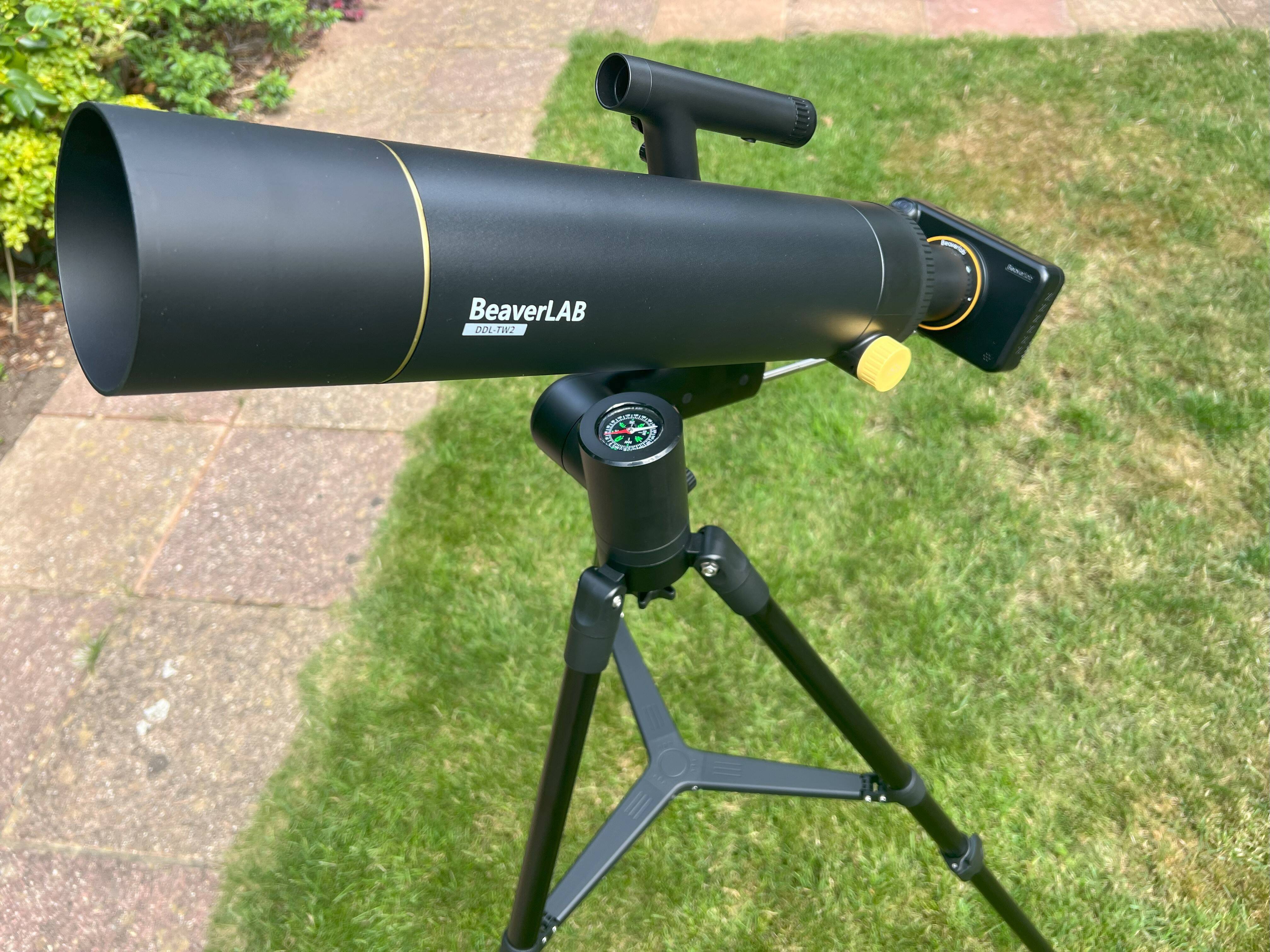









































































































































![[The AI Show Episode 143]: ChatGPT Revenue Surge, New AGI Timelines, Amazon’s AI Agent, Claude for Education, Model Context Protocol & LLMs Pass the Turing Test](https://www.marketingaiinstitute.com/hubfs/ep%20143%20cover.png)






























































































































































































































































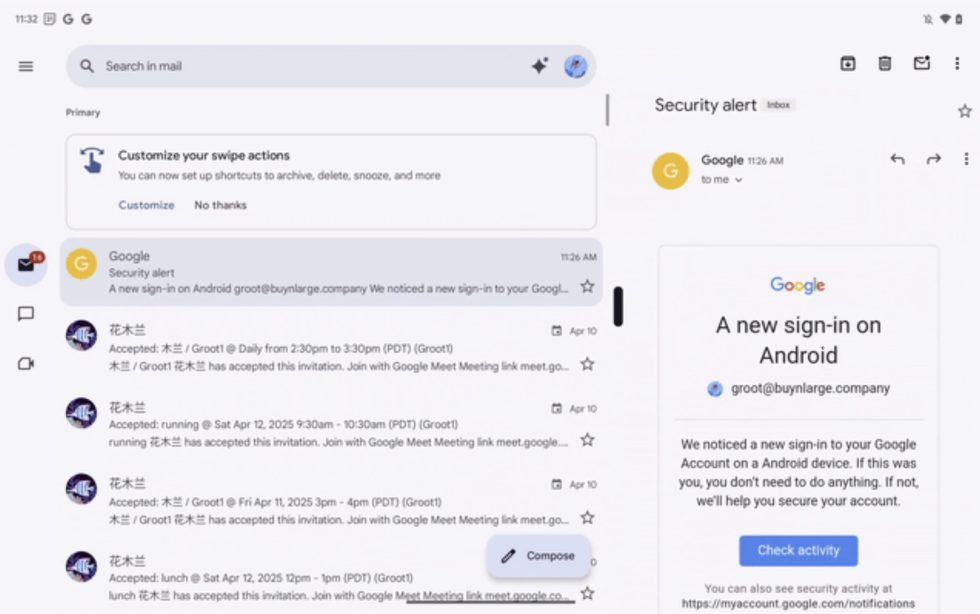











_Muhammad_R._Fakhrurrozi_Alamy.jpg?width=1280&auto=webp&quality=80&disable=upscale#)
_NicoElNino_Alamy.jpg?width=1280&auto=webp&quality=80&disable=upscale#)


















































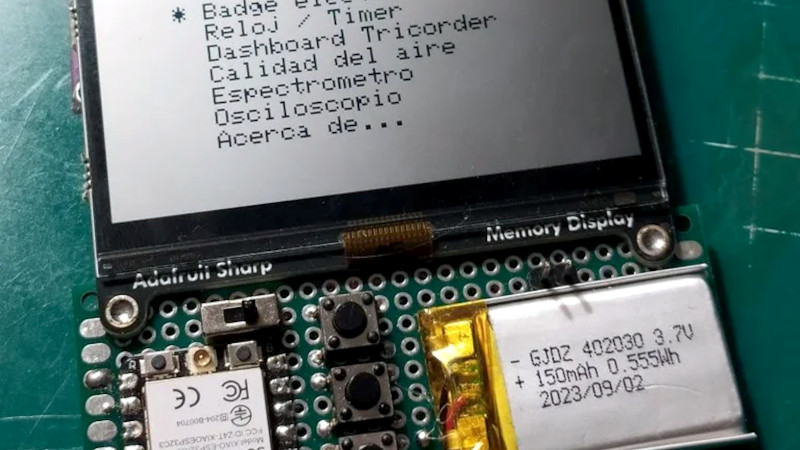




















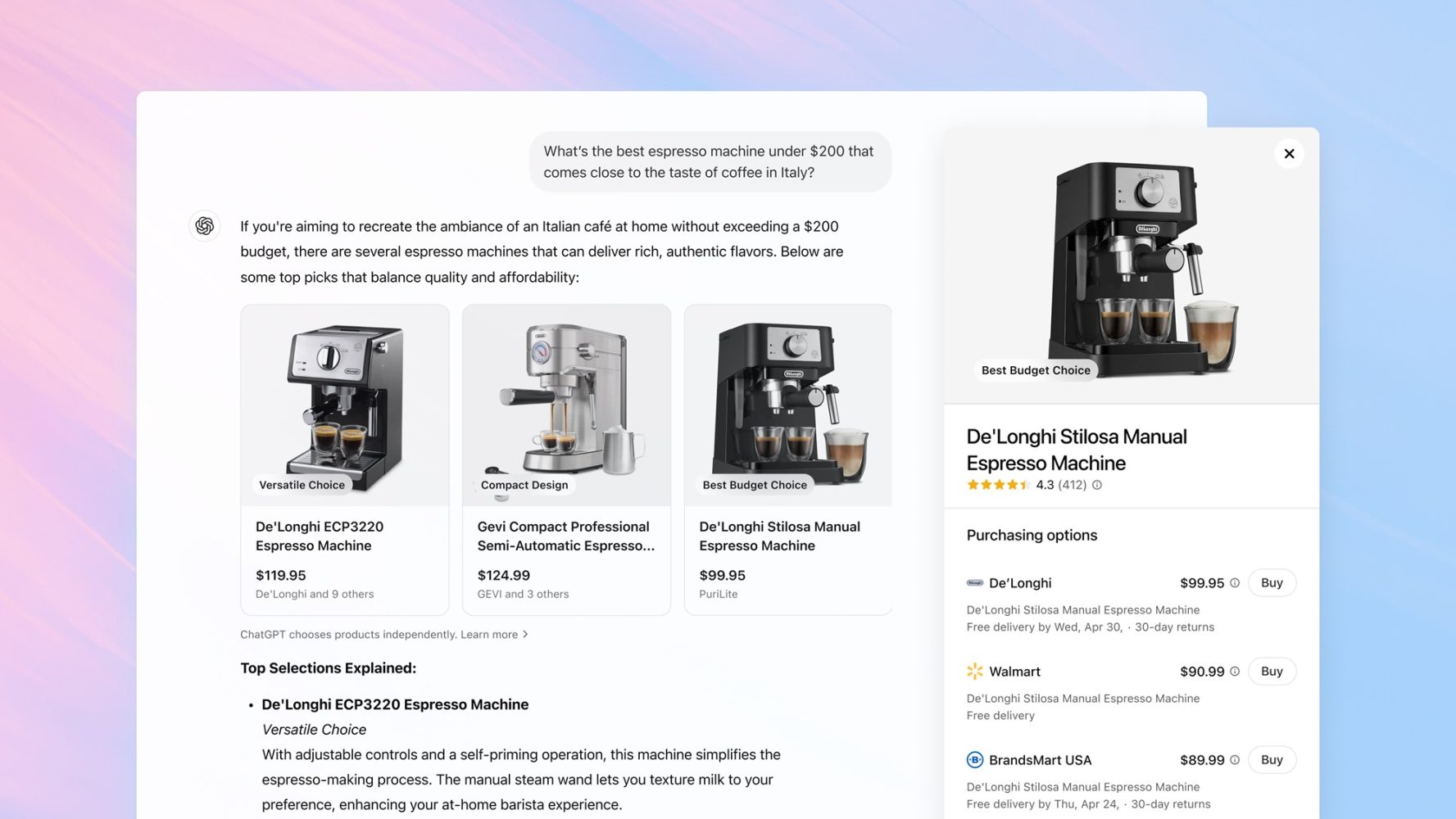








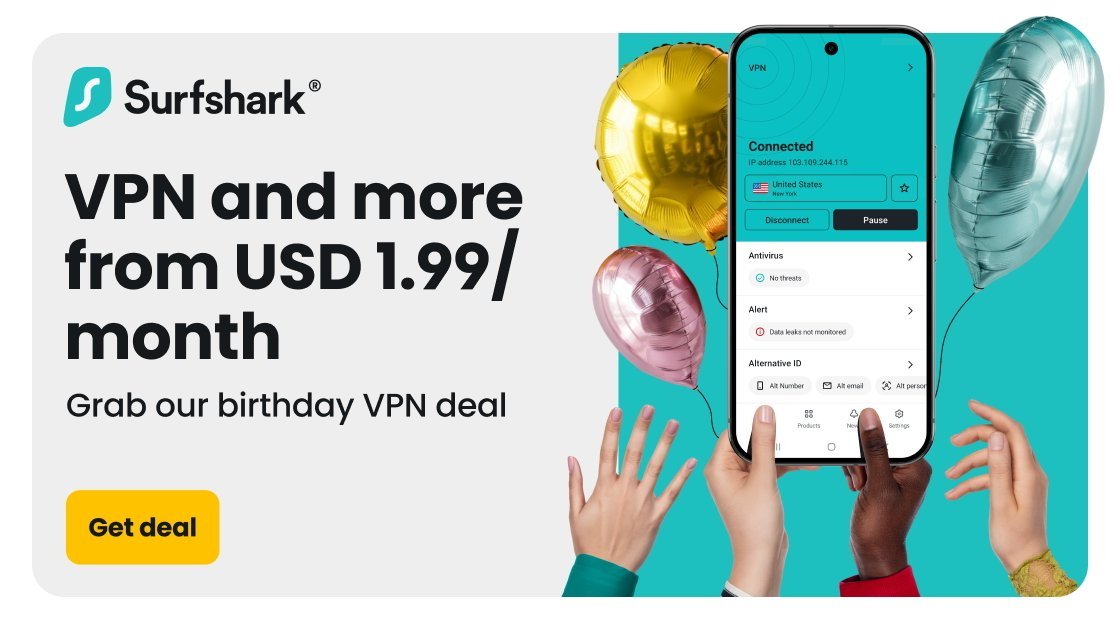

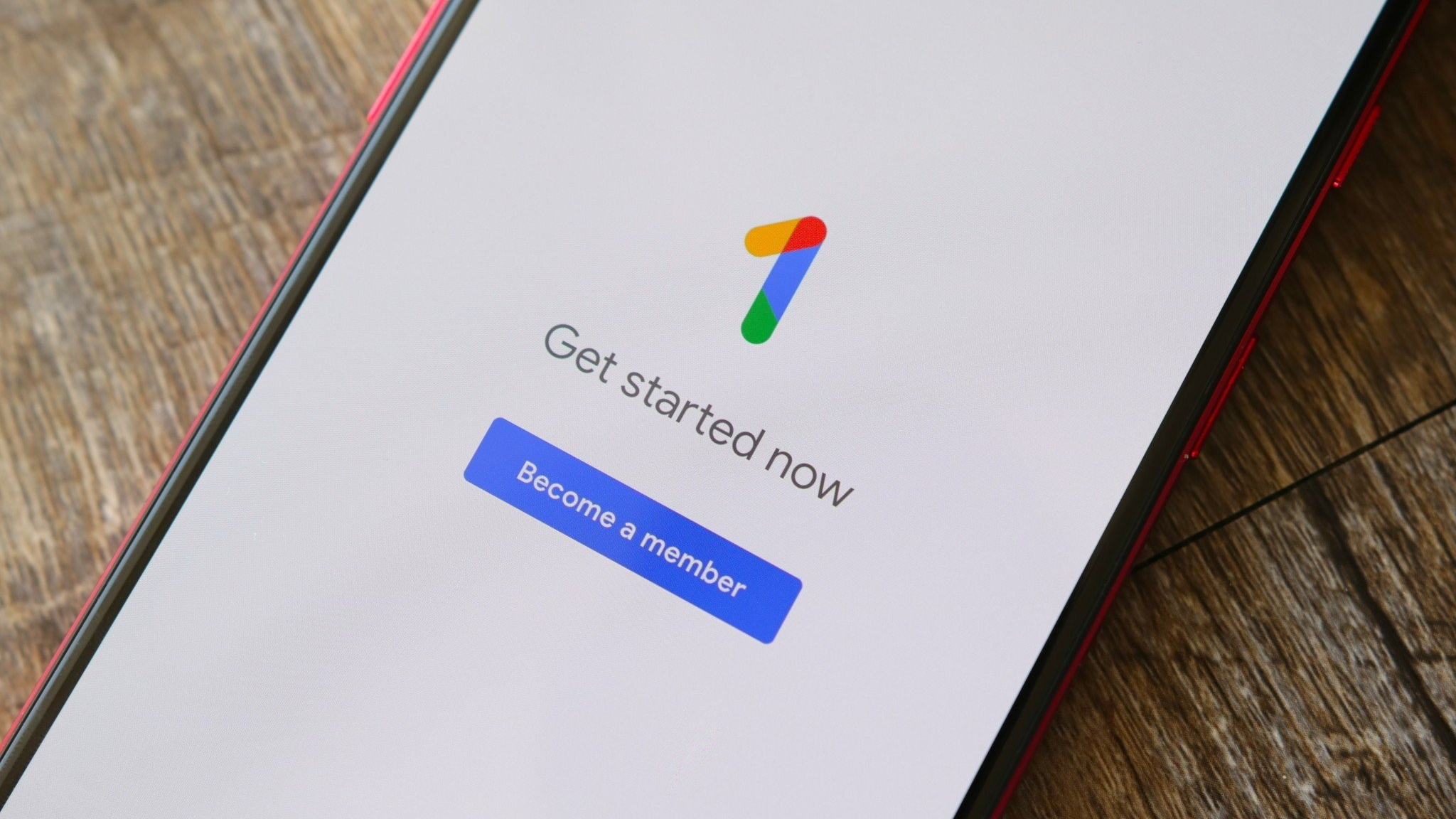


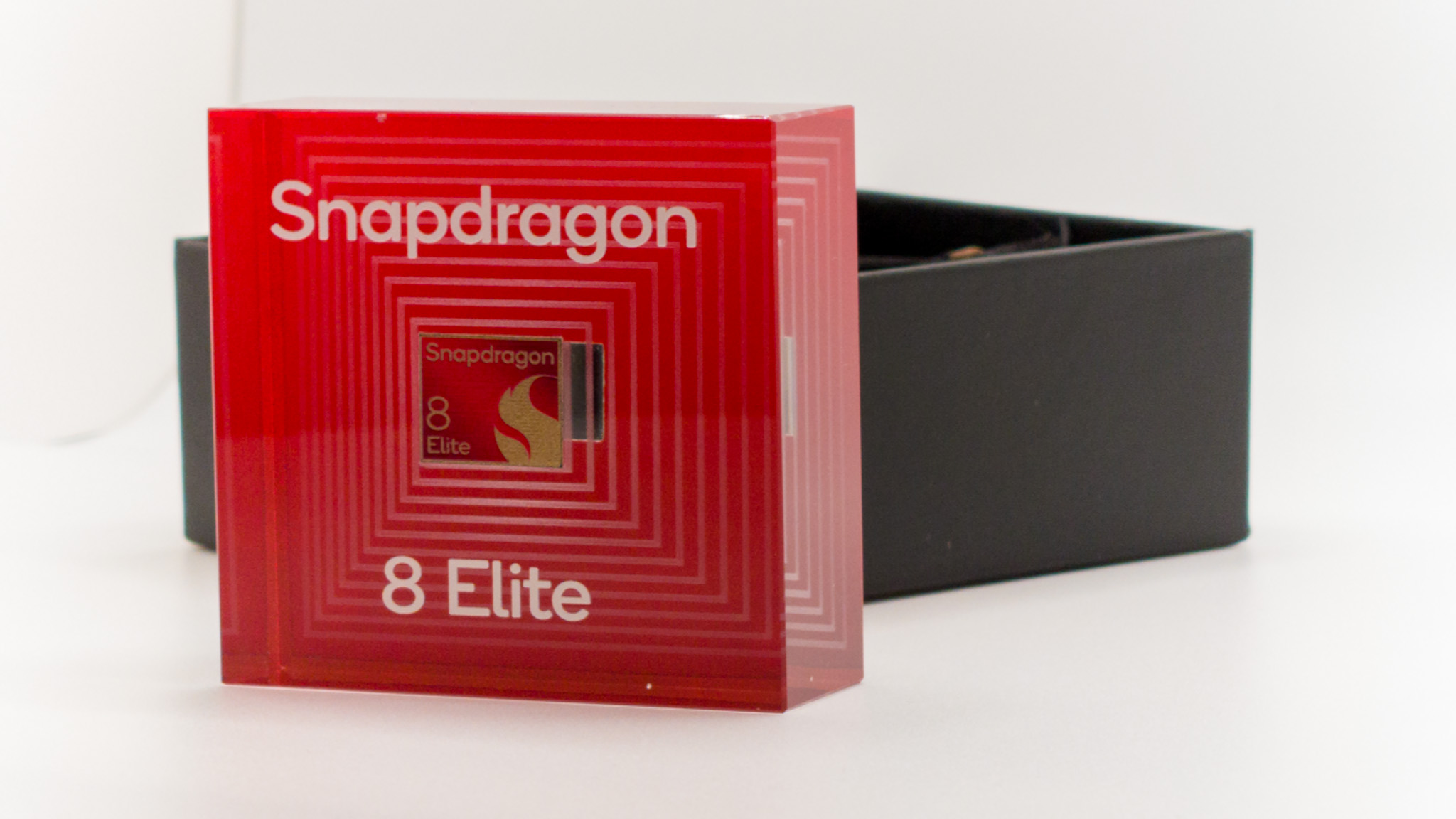



![macOS 15.5 beta 4 now available for download [U]](https://i0.wp.com/9to5mac.com/wp-content/uploads/sites/6/2025/04/macOS-Sequoia-15.5-b4.jpg?resize=1200%2C628&quality=82&strip=all&ssl=1)















![AirPods Pro 2 With USB-C Back On Sale for Just $169! [Deal]](https://www.iclarified.com/images/news/96315/96315/96315-640.jpg)
![Apple Releases iOS 18.5 Beta 4 and iPadOS 18.5 Beta 4 [Download]](https://www.iclarified.com/images/news/97145/97145/97145-640.jpg)
![Apple Seeds watchOS 11.5 Beta 4 to Developers [Download]](https://www.iclarified.com/images/news/97147/97147/97147-640.jpg)
![Apple Seeds visionOS 2.5 Beta 4 to Developers [Download]](https://www.iclarified.com/images/news/97150/97150/97150-640.jpg)

















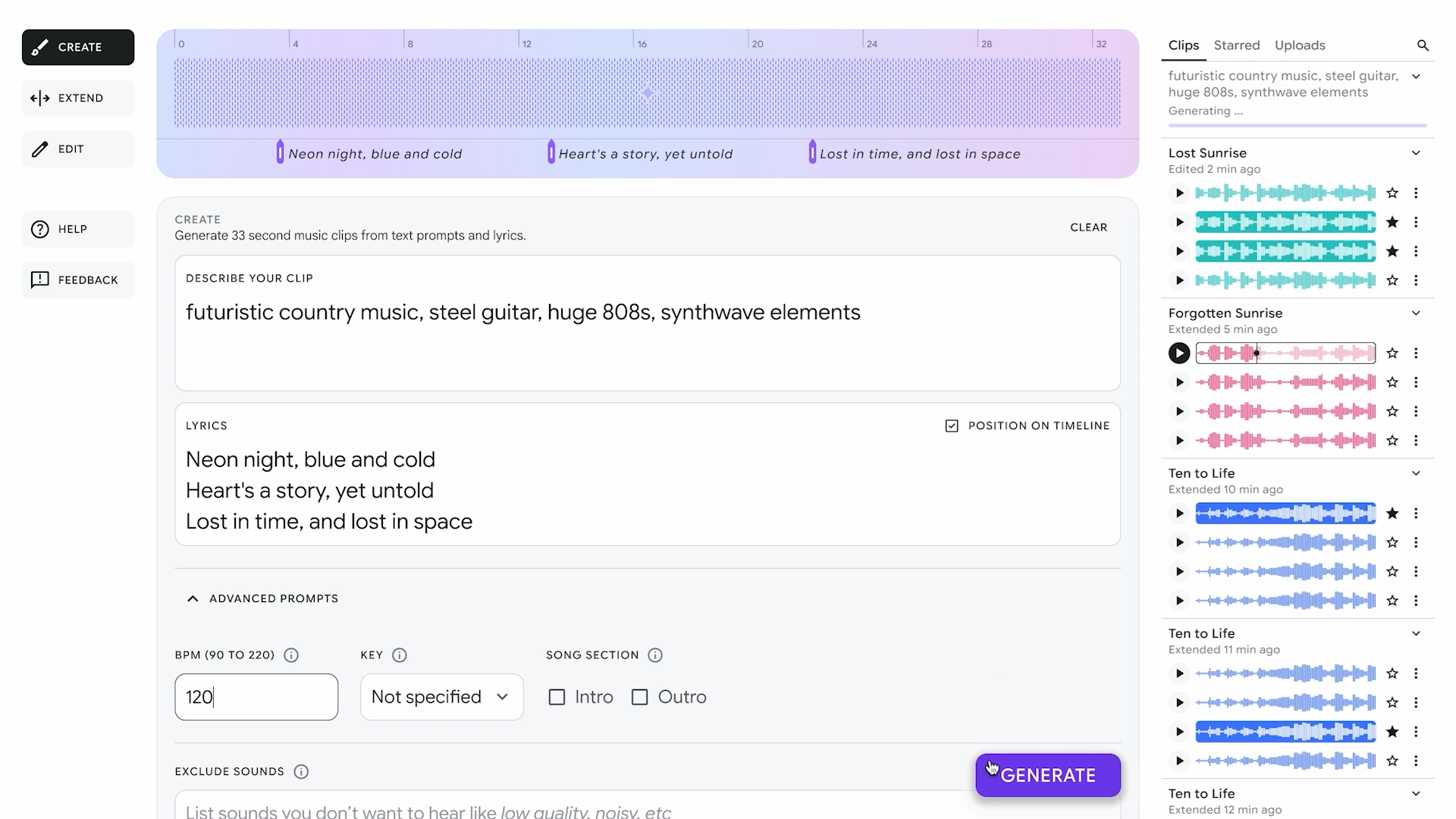



















![Apple Seeds Fourth Beta of iOS 18.5 to Developers [Update: Public Beta Available]](https://images.macrumors.com/t/uSxxRefnKz3z3MK1y_CnFxSg8Ak=/2500x/article-new/2025/04/iOS-18.5-Feature-Real-Mock.jpg)
![Apple Seeds Fourth Beta of macOS Sequoia 15.5 [Update: Public Beta Available]](https://images.macrumors.com/t/ne62qbjm_V5f4GG9UND3WyOAxE8=/2500x/article-new/2024/08/macOS-Sequoia-Night-Feature.jpg)








